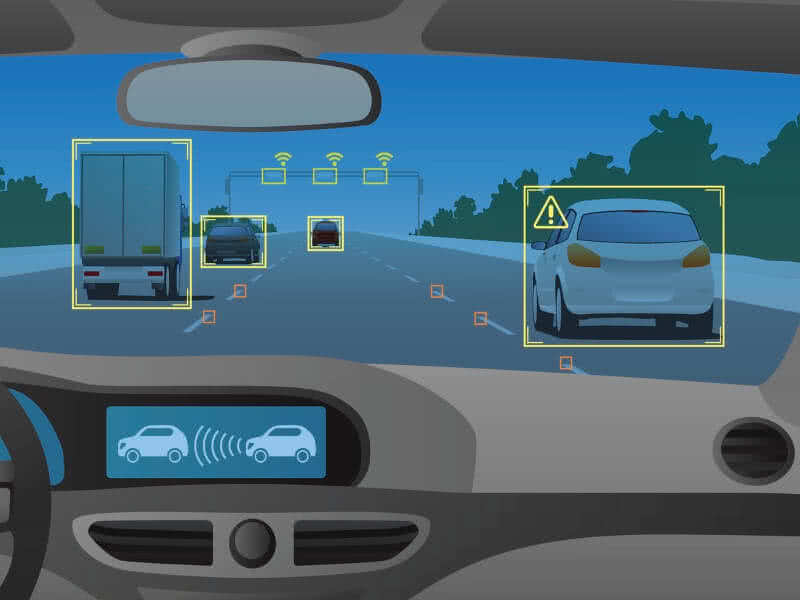Technologists and technology marketers love a good paradigm shift. If something can “change the game” or “rewrite the rules”, we’ll be smitten with it for years. Over the last decade or so we have seen virtualisation, the cloud, BYOD and a host of other industry-redefining trends go from initial inception to mainstream deployment.
There are understandable pockets of backlash at these ‘buzzwords’ or ‘fads’ – sometimes the hype does grate – but largely they represent a very positive challenge to the prevailing order. And this type of challenge is exactly why technology has become the most exciting industry to work in today.
Perhaps our friends working in retail, finance or leisure roles will struggle to get profoundly excited when I mention the phrase ‘edge computing.’ But the truth is that they should. The reason is simply that if they understood what it means for the future of their industry, or their own day job, they would see that their working life will change profoundly. Once again, technology will be driving innovation in business, and as professionals in this space we must step up and make sure it works.
What is edge?
For those not well-versed in edge computing, here’s my quick-fire summary of the whole phenomenon:
Edge computing will see organisations move computing power away from the core data centre(s) they operate, and deploy it at the edges of the network. This will put performance IT and networking equipment closer to where customers are based and digital interactions are taking place. In turn this means quicker delivery of services, as latency is reduced thanks to data being received and processed in situ. It allows remote sites to function irrespective of failings or delays in the core infrastructure, and enables devices that previously suffered from limited storage capacity to have access to far more data-intensive content such as rich media.
In real terms, this will mean a more engaging experience in retail stores, with businesses possessing the infrastructure to deliver flawless customer service in any location. For the travel sector, it might mean vastly improved and personalized content delivery during transit. In that same industry it could also mean safer travel, as data from trains are delivered, processed, analysed and converted into real time information for more accurate decision making. Edge is set to change the competitive playing field in many industries, and redefine the expectations that customers bring into the commercial environment.
The sharpest edge
It will come as no surprise that developing and deploying an edge strategy will be an absorbing task for IT professionals. As with so many of the major technology innovations that reshape the way we do business, edge will mix technological, logistical and cultural challenges.
On a technology level, each node that exists on the edge will require the installation and maintenance of performance IT and networking equipment. In turn this is likely to lead to increased demand for equipment such as precision cooling, uninterruptible power, rack PDUs and wiring management. Many organisations will find themselves drawn towards greater standardisation as they seek to reduce complexity with a single vendor model for these ‘mini data centre nodes.’
They will then have to explore their strategy for everything from security of the vastly proliferated device estate, through to the redefining of the way that lines of business train their staff and interact with technology. All throughout this complex journey, IT leadership will be expected to have most (or all) of the answers. Make no mistake that will be a heavy burden to bear, but if deployed correctly an edge computing strategy will put to rest any notion that IT is merely a support function buried in the basement.
We want to support businesses that are aspiring to undergo change through edge computing, so we’ve shared our perspectives and some recommendations in a helpful eBook. If it raises any questions about how your business will manage its edge strategy (which I’m sure it will), we’ll be happy to help.






